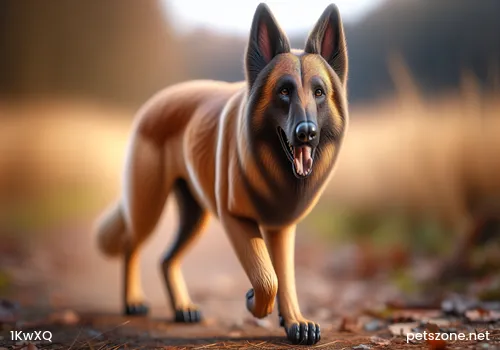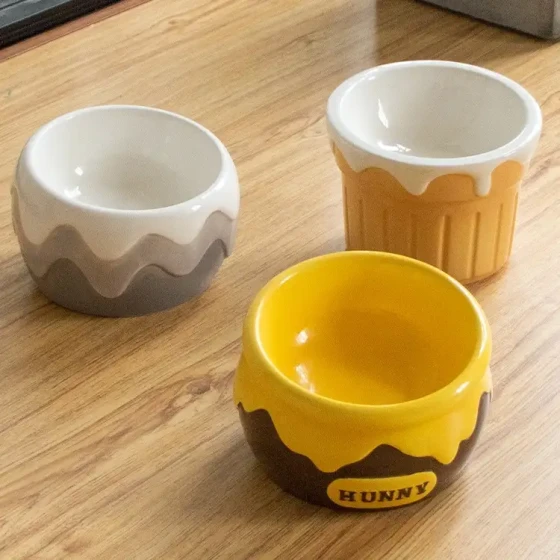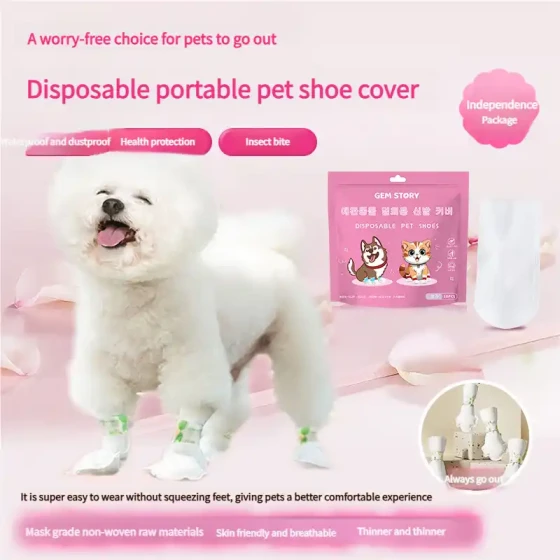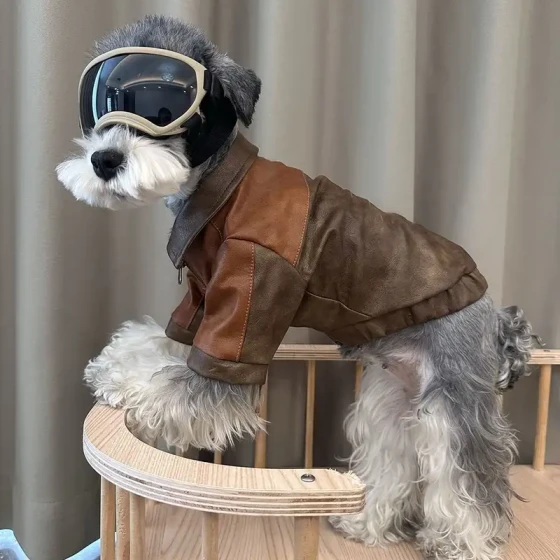Information Introduction About Curly-coated Retriever

Curly-coated Retriever
Although the origin of the Curly-coated Retriever is not very certain, one thing is clear: among the breeds classified as retrievers, it is one of the oldest hunting dog breeds. It is commonly believed that this breed originated from the 16th-century English Water Spaniel and the hunting Setters. Some claim that the Irish Water Spaniel is its ancestor; it is more likely a descendant of multiple crossbreeds of this breed, with the change from liver red to the current black coat and curly fur as evidence.
No matter which hunting dog is its ancestor, one thing is certain: this breed combines the comprehensive traits of water spaniels and setter retrievers. The Saint John (StJohn) Newfoundland dog, which also carries these combined traits, was recorded as the first to be imported to England in 1835 when codfish from Newfoundland was brought by overseas ships. This unusual Saint John dog was sometimes called a Labrador by some early authors. This fact has added some confusion to the modern Labrador Retriever.
As early as 1880, the Curly-coated dog was repeatedly crossbred with Poodles. This crossbreeding gave it a dense curly coat.
Following the old English Water Spaniel, the Curly-coated Retriever was a popular hunting dog first exhibited at the Birmingham show in England in 1860.
In
The first Curly-coated Retriever club was established in England in 1896. The breed was introduced to the United States as early as 1907 but was first registered by the AKC in 1924.
Many people claim that the Curly-coated Retriever is easy to train. This dog is enthusiastic and hardworking, suitable for life in the water. More importantly, its thick coat allows it to adapt to long periods of waiting while concealed. It is a lovely, loyal companion and an excellent guardian.
About the Breed Standard
Overall Appearance: This intelligent, strong, versatile hunting dog is regarded by most canine experts as one of the oldest hunting breeds. The breed’s development in England has long been favored by gamekeepers. Its natural field abilities, courageous and persistent spirit, sturdy body, and strong temperament give it the capacity for continuous work, hunting game and birds hidden in deep locations and icy waters. To endure a full day of hunting, a Curly-coated Retriever must be steady, healthy, strong, and agile. The shape, body structure, and posture together form a graceful appearance distinct from other hunting breeds. They also provide the unique working ability desired. In appearance, the Curly-coated Retriever has appropriate angulation in the fore and hindquarters. Compared to other breeds in height and length, it gives the impression of limbs higher than other breeds. In body structure, it is upright, alert, and confident. In movement, all parts of the body combine smoothly with strength, coordination, proportion, and organic unity. The coat is a defining characteristic of the breed, especially important for all Curly-coated dogs whether companions, hunters, or show dogs. A perfect coat is dense, fine, firm, well-defined, and clean curls. The Curly-coated Retriever is intelligent, mischievous, and highly trainable. Because of this, the breed is widely loved as a loyal companion at home and an excellent hunting dog outdoors.
Size, Proportion, and Structure: Height—measured at the withers, ideal height: males 63.5–68.6 cm; females 58.4–63.5 cm. Heights outside this range are considered faults. The body tends toward square, meaning its body length (from chest to rump) is slightly longer than its height (from withers to ground). The Curly-coated Retriever is strong and elegant. For this breed, strengthening power and endurance without compromising the standard is most important. Bones—neither fine nor heavy, perfectly proportional in weight and balance.
Head: The head is a wedge shape longer than wide, easily distinguishable from other hunting dogs, proportionate in size to the entire body, with the muzzle length equal to or nearly equal to the length of the back skull. When viewed from the side, the facial plane is parallel. The forehead section is shallow and sloped, with the width of the muzzle slightly narrower than the width of the back skull, but the junction is smooth. The head is almost straight and tapers gradually to the nose tip, with clear contours, not coarse. Expression—bright and alert. Eyes—almond-shaped, relatively large but not protruding. In black dogs, eyes are black or brown; in liver-colored dogs, brown or pale yellow. Rough yellow eyes and loose hawk-like eyes are faults. Ears—small, located slightly above the eye corners, closely laid against the head. Back skull—flat or nearly flat. Muzzle—wedge-shaped with smooth lines, gradually tapering, neither sharp nor blunt, slightly rounded at the base. The muzzle is level without deviation. Jaws—long and strong, teeth vertical and neatly aligned with a proper scissor bite. Lips tight and proportional, not drooping. Nose—with pigmentation: black nose for black dogs, brown nose for liver-colored dogs, with large nostrils.
Neck, Topline and Body: Neck—strong and slightly arched, medium length, front of the neck moves freely transitioning gradually to moderately laid-back shoulders. Topline—the back is the part of the body from the rear point of the shoulder blades to the beginning of the loin, strong and level. Loin—the torso section extending from the end of the ribs to the start of the pelvis, short and muscular. Croup—the body section from the start of the pelvis to the base of the tail, slightly sloped. Body—deep but not too wide chest, oval at the cross-section down to the elbow. The ideal chest for the breed is deep and not broad but not narrow; four ribs are resilient, neither barrel-shaped nor flat like a slab, extending appropriately backward with depth. The loin is strong and the flank moderately tucked up. Tail—the tail extends straight or nearly straight backward, never docked, hanging close to the hock joint when down. Never curved up over the back, twisted, or bent, covered with curly hair. If the tail is trimmed, it tapers gradually backward.
Forequarters: Scapula long, with suitable muscle attachments, forming a 55-degree angle backward, wide enough between the scapulae, flexible bending to suit prey capture. The humerus is roughly equal in length to the scapula and forms an angle similar to the scapula’s. This means the forelimbs are located under the scapula. The balanced length of scapula and humerus and their corresponding angles allow fuller extension of the forelimbs. Forelimbs are straight and sturdy at the pastern. Paws are round, compact, with suitably arched toes and thick pads; front dewclaws are usually removed.
Hindquarters: Strong, forming a smooth forward angle. Thighs full of power, lower limbs muscular. Stifles properly bent, pasterns strong and suited, neither turned inward nor outward, pasterns vertical. Hind dewclaws are generally removed.
Coat: The Curly-coated Retriever’s coat is a distinctive characteristic, very different from any other breed. The body coat is thick and dense, with stiff, tight curls close to the skin, elastic and water-resistant. Its high coat density provides protection against harsh weather, water, and other damaging elements. The curls extend forward over the entire neck and even to the occiput; downward over the forelimbs and hindlimbs, extending to the hocks, and covering the entire tail. Elsewhere, the coat is short, smooth, and straight, primarily on the foreface, head, forelimbs under-side, and feet. Uncurled or hairless patches behind the scapulae, including downward hairless stripes at the back of the limbs or a triangular bare patch on the front neck, are faults in shows. Loose, incompletely curled hair on the ears is allowed. Sparse, soft, or very coarse hair, as well as dry or brittle hair, is a fault. Grooming—the coat on the ears, belly, back of forelimbs, thighs, pasterns, hocks, and feet may be trimmed. Tail coat should be trimmed. Short, neat hair on the ears is allowed. However, trimming coat on the body is not allowed.
Color: Black or liver is in accordance with the standard. A large noticeable white patch is a fault, but a small amount of white hair on an otherwise excellent dog is permitted.
Gait: The Curly-coated Retriever meets dual functions as a waterfowl and land game hunter. Besides strength and stamina, it must move quickly and alertly. A long stride that covers a great distance combines structure and strength organically. This apparently effortless stride is in fact highly efficient and coordinated from start to finish. Viewed from the side, the dog moves freely, naturally, and fast. Viewed from the front or rear, the forelimbs move neither inward nor outward, hind limbs do not cross. Well-developed, muscular thighs and strong pasterns coordinate fully, driving the rear forward and providing motive power. Strong, smooth coordination of fore and hindquarters is very important, as movement coordination avoids damaging the dog. Excessive angulation and stride length are faults.
Temperament: Confident, determined, proud, intelligent, it is a lovely and elegant family companion and also an excellent hunting dog. The independent nature and keen understanding sometimes make the Curly-coated Retriever appear aloof or stubborn; therefore, it rarely shows affection compared to other breeds, especially towards strangers. The breed’s independence and confidence are not due to shyness or lack of joy. In the show ring, a well-tempered Curly-coated Retriever stands steadily in place and readily obeys test requirements. During testing, it may wag its tail. Outdoors, the Curly-coated Retriever’s desire to retrieve prey is eager, continuous, and naturally brave; at home, it is quiet and affectionate. Shyness is a fault, and any dog leaving the show ring test due to shyness does not meet the standard. When testing younger dogs, some small food treats can be prepared to prevent inappropriate behavior caused by overexcitement or lack of necessary training and practice in the show ring.
-560x560.webp)
-560x560.webp)



